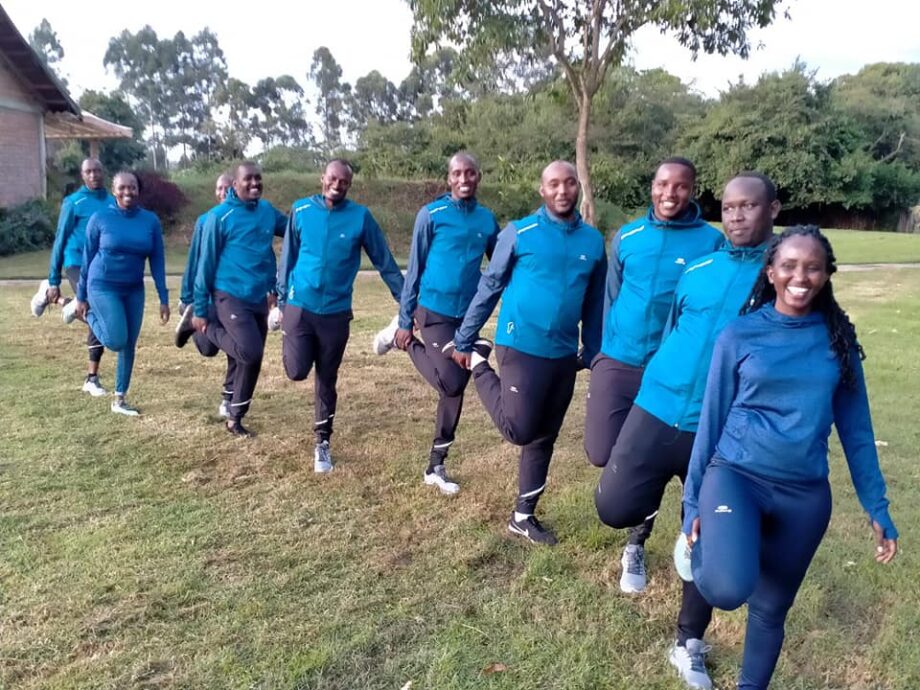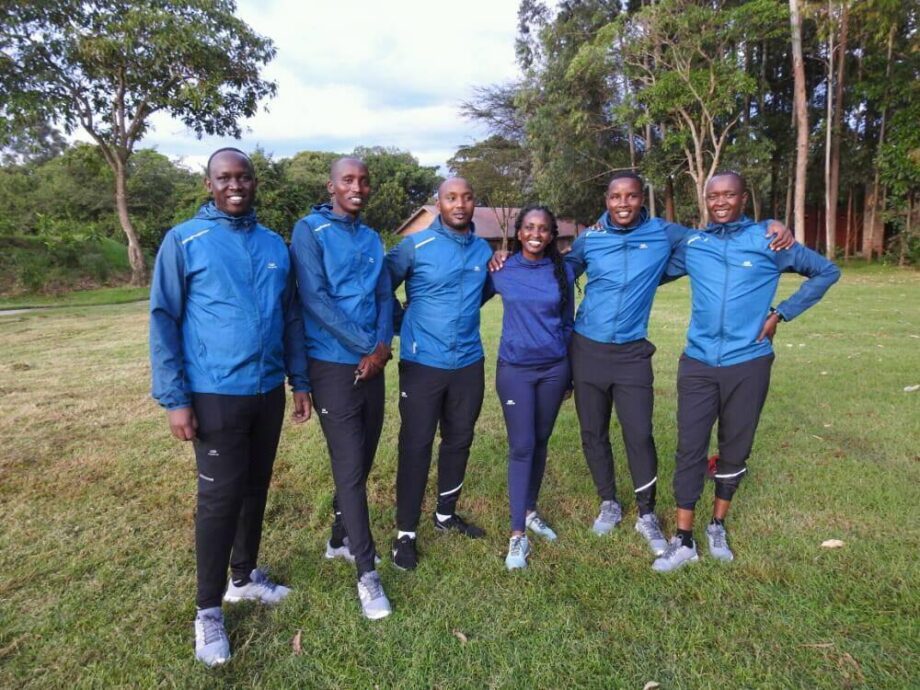
Notes from the Field: Landscape Resilience in the face of Global Pandemic.
By Joshua Ayuo, LGT Impact Fellow for Maasai Mara Wildlife Conservancies Association, Kenya
About MMWCA
As an umbrella body, the Maasai Mara Wildlife Conservancies Association (MMWCA) brings together various local conservancies in the Greater Mara Ecosystem. MMWCA exists to conserve the greater Maasai Mara ecosystem through a network of conservancies for the prosperity of all; biodiversity and wildlife, the local population and Kenya’s tourism sector.
The enablers for the envisaged change include adopting good governance systems and structures, solid leadership, strong revenue streams and transparent benefits sharing.

COVID-19 Crisis
It is a great delight joining MMWCA as an Impact Measurement and Evaluation Fellow. My roles entail supporting the strategic coordination and alignment of MMWCA’s Projects portfolio with institutional theory of change, embedding an impact-oriented programming and, building an evidence base that substantiates MMWCA projects’ contribution to development outcomes.
I joined the fellowship program at a time when the world was grappling with the global COVID-19 pandemic. At the time (July 2020), the COVID-19 situation in Kenya had necessitated the effecting of a raft of containment measures by the government which included but were not limited to restriction of movement, stay and work from home recommendations, closures of eateries, nation-wide curfew directives, and restricted social gatherings. As at now, a number of these COVID-19 containment measures are still in place.
The effects of COVID-19 were adversely far-reaching and extended to the Mara landscape. Besides the direct health impacts of the virus, the associated economic, social and environmental effects were disastrous. The travel restrictions brought tourism to an abrupt halt in the Mara landscape, the open Savannahs characterized domain that heavily relied on the international tourists. The impact on this community-led conservation model was devastating. With tourism revenue nearly zeroed out, most workers at Mara’s 16 community-owned conservancies were almost totally furloughed and payouts to the landowners reduced or entirely suspended.
MMWCA believes that conservancies are the best mechanisms for sustaining conservation on private lands in the Greater Mara Ecosystem. As such, MMWCA embarked on a massive fundraising effort together with other partners to sustain the 30 years of effort and investment in conservation and at that, community-based conservation. The efforts included raising financial resources to support basic conservancy operations and bridge financing for conservancy lease payments. This initiative was a defining moment for MMWCA as an umbrella body in ensuring that local conservancies remained afloat in the midst of a raging pandemic. A COVID-19 strategy was developed that provided a roadmap for responding to the impacts of COVID-19.
Fellowship Program
I had to rise to the occasion and support resource mobilization efforts by developing adaptive interventions, defining new theory of change and supporting the strengthening of institutional capacity and governance of local conservancies for resilience despite the pandemic. This entailed developing impact objectives for the adaptive programs and the stakeholders, documenting the change process required and defining stakeholder data.
I also took part in other fundraising events that included a footrace dubbed Ultra-MARAthon. The event was jointly organized by For Rangers and MMWCA.
Ultra-MARAthon was a 50km footrace through the Mara conservancies to raise funds to support rangers in Mara conservancies. MMWCA formed a “relay style” team of 4, with legs of about 12.5km each. MMWCA has made tremendous progress in its fundraising efforts for emergency response fund towards local conservation while seeking additional partnership for sustainable biodiversity conservation. This has enabled communities to receive at least half their payout for leasing their land to conservancies.


